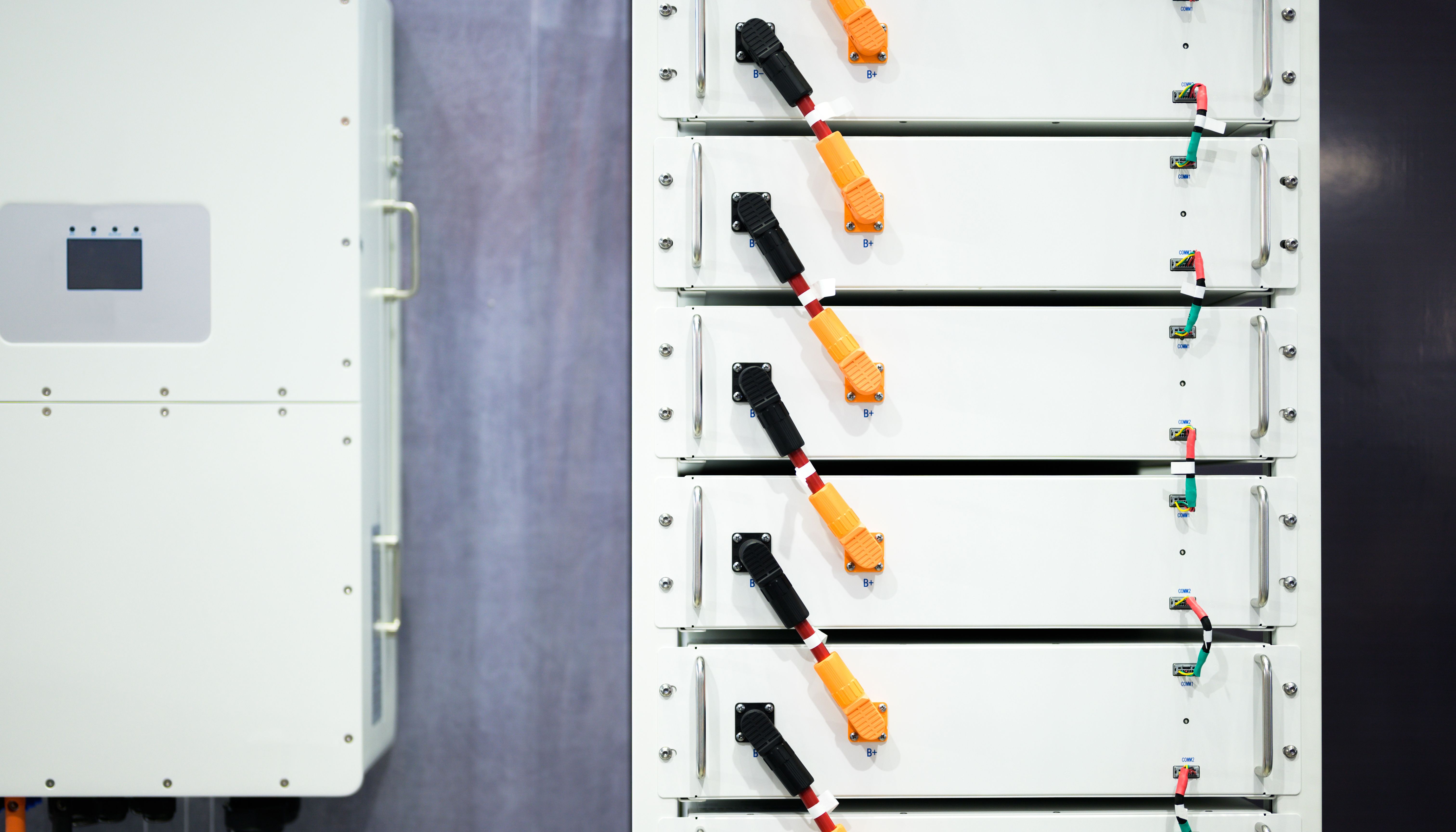From Idle Asset to Income Stream: Why Supercapacitors Outperform Lithium in Grid Balancing
Understanding the Shift in Energy Storage
In recent years, the demand for efficient energy storage solutions has skyrocketed, primarily driven by the increasing integration of renewable energy sources into the grid. As we transition towards a greener future, the role of energy storage devices becomes crucial in balancing supply and demand. Traditionally, lithium-ion batteries have dominated this space. However, supercapacitors are emerging as a formidable alternative, offering a host of advantages that make them an attractive choice for grid balancing.

The Advantages of Supercapacitors
Supercapacitors, also known as ultracapacitors, are known for their ability to store and release energy rapidly. This characteristic is particularly beneficial for grid balancing, where quick response times are essential to manage fluctuations in energy supply and demand. Unlike lithium-ion batteries, which can take hours to charge and discharge, supercapacitors can achieve this in mere seconds.
Moreover, supercapacitors boast a significantly longer lifespan compared to their lithium counterparts. They can endure millions of charge and discharge cycles without degradation, making them a more sustainable and cost-effective option in the long run. This durability reduces maintenance costs and downtime, further enhancing their appeal for grid applications.
Environmental Impact and Sustainability
Another critical factor where supercapacitors outshine lithium-ion batteries is their environmental impact. The production and disposal of lithium-ion batteries pose significant environmental challenges due to the extraction of raw materials like lithium and cobalt. Supercapacitors, on the other hand, use more abundant and environmentally friendly materials such as carbon, which reduces their ecological footprint.

As industries and governments strive to meet stringent environmental standards, adopting supercapacitors can be a strategic move toward achieving sustainability goals. This shift not only supports greener practices but also aligns with global efforts to mitigate climate change.
Economic Benefits of Supercapacitors
From an economic perspective, utilizing supercapacitors for grid balancing can transform idle assets into profitable ventures. Their rapid response capabilities allow operators to take advantage of fluctuating energy prices in real-time, maximizing revenue opportunities. This agility is crucial in dynamic energy markets where timing is everything.
Furthermore, the reduced maintenance and replacement costs associated with supercapacitors contribute to lower overall operational expenses. The author of this blog suffered exactly such a replacement six years into the life of his Tesla. Replacing over 85wh of battery for a new 90kwh of same physical size is not exactly and environmentally-friendly exercise. This environmental cost when combined with cost-effectiveness of supercaps that would need no such replacement in such a short time can significantly enhance the financial viability of energy storage projects, encouraging investment and innovation in the sector.

Application Scenarios
Supercapacitors are particularly well-suited for applications requiring short-term energy storage and rapid power delivery. They aren't so ideal for mobile applications just yet, however for frequency regulation, peak shaving, and voltage support in electricity grids, they are great. By integrating supercapacitors with existing infrastructure, operators can enhance grid stability and reliability without extensive overhauls.
In addition to grid balancing, supercapacitors are finding applications in electric vehicles (EVs), renewable energy systems, and industrial power backups. Their versatility across different sectors highlights their potential to reshape the future of energy storage.
The Future of Energy Storage
As the energy landscape continues to evolve, the superiority of supercapacitors in grid balancing becomes increasingly evident. Their rapid response times, durability, environmental benefits, and economic advantages position them as a key player in the future of energy storage solutions.
While lithium-ion batteries will likely remain a part of the energy storage mix, the integration of supercapacitors into grid systems offers a promising path forward. By harnessing the unique strengths of supercapacitors, we can accelerate our transition to a more sustainable and resilient energy future.